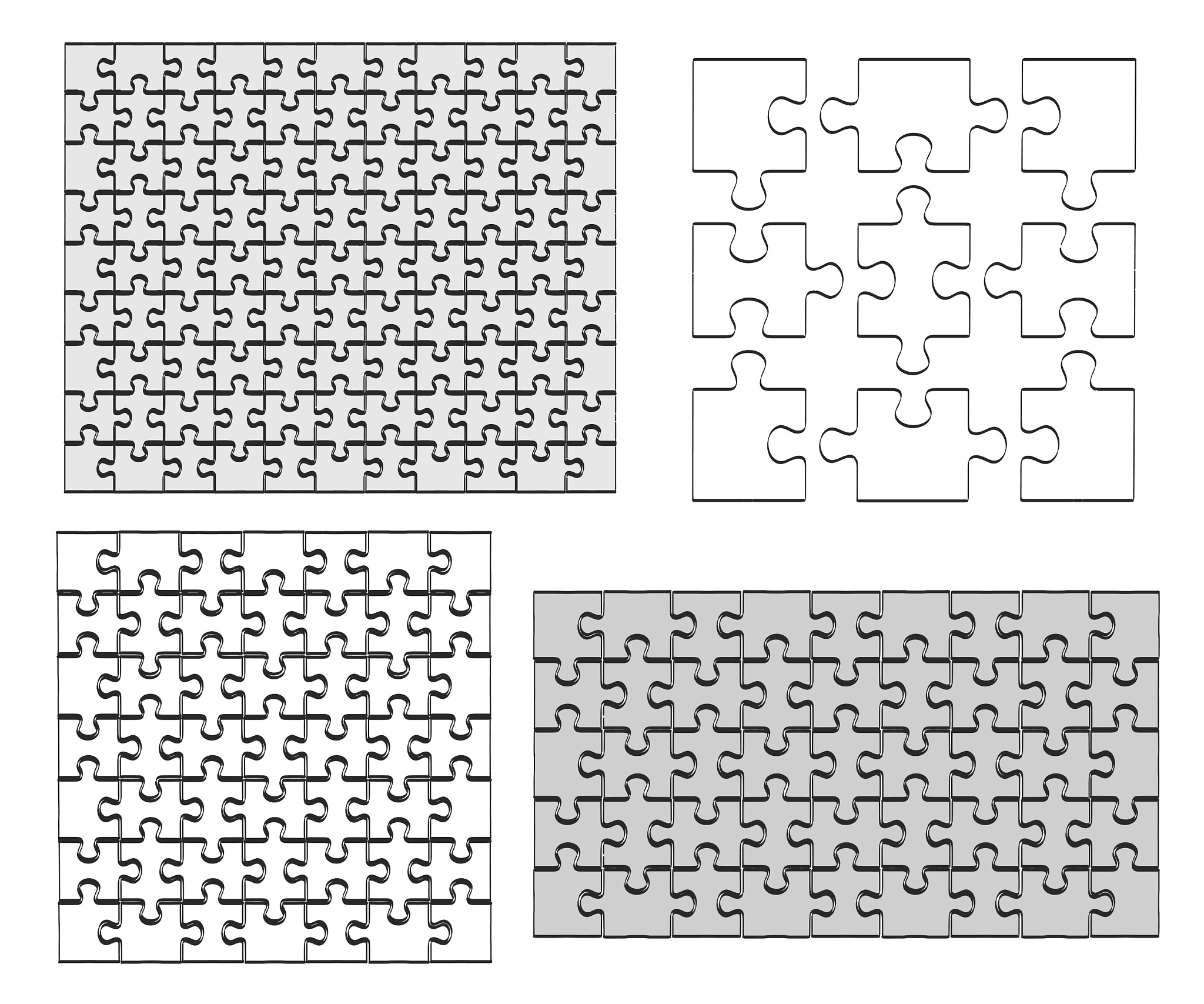写一个没有池化层的卷积神经网络第一层卷积是22的卷积核用来识别MINIST数据集
下面是一个没有池化层的卷积神经网络的示例代码,第一层卷积是2*2的卷积核,用来识别MINIST数据集。
import tensorflow as tf
# 定义输入层
inputs = tf.keras.Input(shape=(28, 28, 1))
# 定义第一层卷积
x = tf.keras.layers.Conv2D(filters=32, kernel_size=(2, 2), activation='relu', padding='same')(inputs)
# 定义第二层卷积
x = tf.keras.layers.Conv2D(filters=64, kernel_size=(3, 3), activation='relu', padding='same')(x)
# 定义全连接层
x = tf.keras.layers.Flatten()(x)
x = tf.keras.layers.Dense(units=128, activation='relu')(x)
# 定义输出层
outputs = tf.keras.layers.Dense(units=10, activation='softmax')(x)
# 创建模型
model = tf.keras.Model(inputs=inputs, outputs=outputs)
# 编译模型
model.compile(optimizer='adam', loss='categorical_crossentropy', metrics=['accuracy'])
# 打印模型结构
model.summary()
该模型的输入是28x28的灰度图像,输出是10个类别的概率分布。第一层卷积使用了2x2的卷积核,过滤器数为32。第二层卷积使用了3x3的卷积核,过滤器数为64。全连接层包含128个神经元。模型使用了softmax激活函数和交叉熵损失函数。

原文地址: https://www.cveoy.top/t/topic/bJsX 著作权归作者所有。请勿转载和采集!